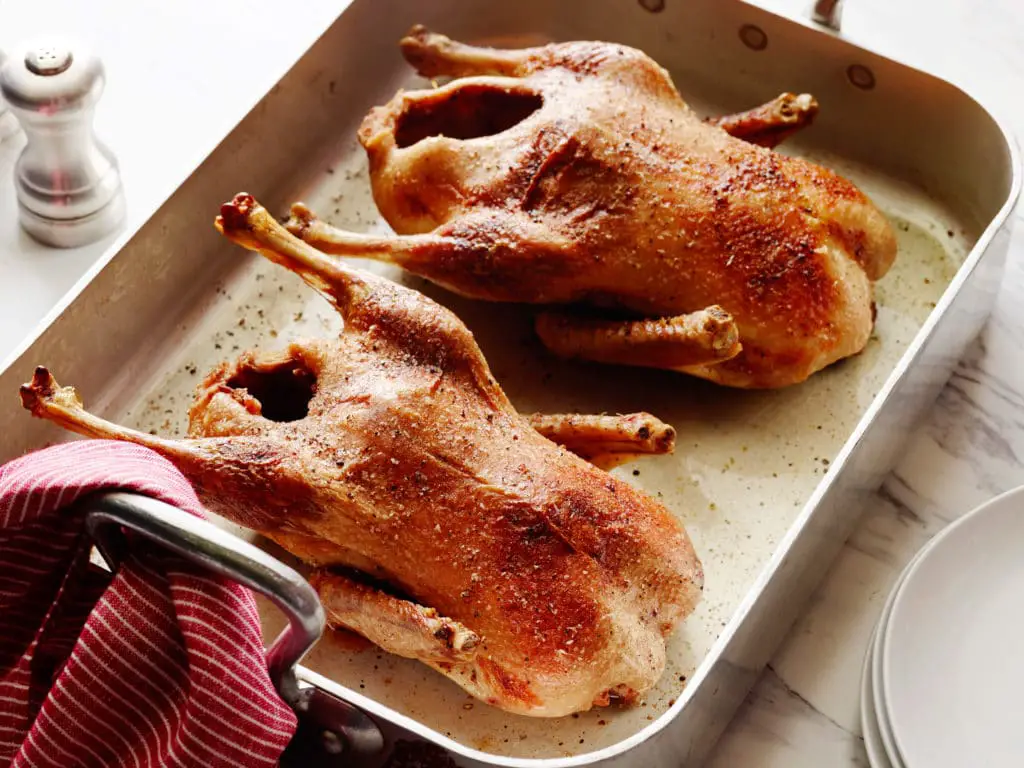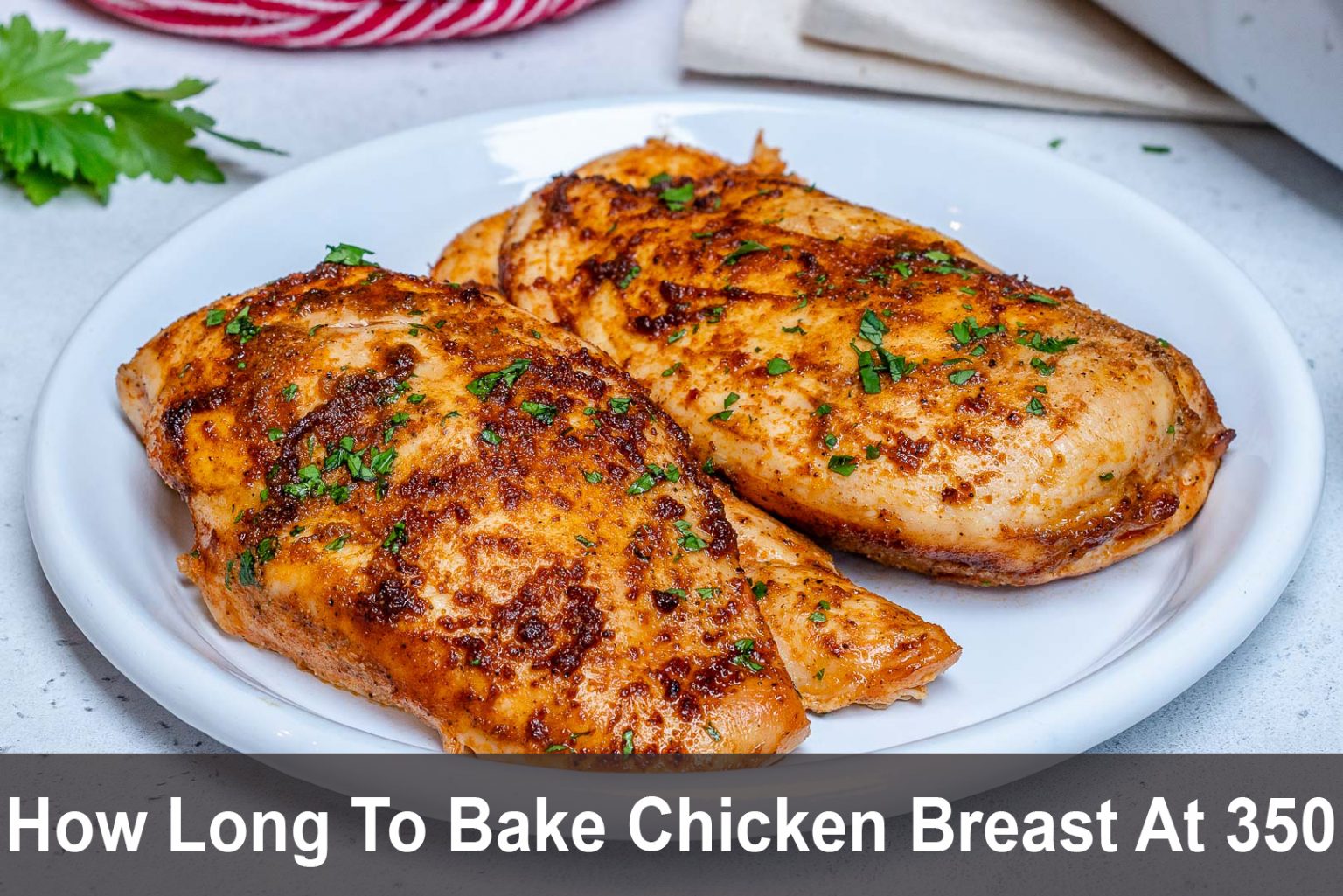As the intoxicating aroma of roasted duck wafted through the kitchen, I couldn’t resist giving the crisp, golden duck breast a gentle prod. With the anticipation of a culinary feast, I wondered: what secrets lie within this succulent creation?

Image: recipesnobs.com
A symphony of flavors, textures, and techniques converge in the art of baking the perfect duck breast. Join me on this gustatory adventure as I uncover the secrets of this mouthwatering delicacy and guide you through every tantalizing moment from preparation to perfection.
The Symphony of Seasonings
Before the duck breast graces the oven, it undergoes a ritual anointment with a symphony of herbs and spices. Salt and pepper form the foundation upon which other bolder flavors dance. Garlic, rosemary, and thyme impart an earthy warmth, while orange zest contributes a vibrant citrus note that awakens the palate.
As you gently massage these seasonings into the duck breast, allow the aromas to fill you with anticipation. Each ingredient adds its own unique layer to the tapestry of flavors that will soon enchant your taste buds.
The Sear of Perfection
With the duck breast seasoned to perfection, it’s time to give it the unmistakable sear that will lock in its juices and create that irresistibly crispy exterior. Heat a heavy-bottomed skillet over high heat and sear the duck breast skin-side down for 5-7 minutes, or until the skin is golden brown and crispy.
The sizzle of the duck breast as it hits the pan is like a culinary symphony, promising a symphony of flavors to come. Don’t be tempted to fiddle with the breast as it sears, for uninterrupted contact with the pan ensures an evenly golden crust.
The Embrace of the Oven
After the duck breast has achieved its golden sear, it’s time to transfer it to a preheated oven. At 400°F (200°C), the duck will continue to cook, bathing in its own juices while the interior remains tender and succulent.
The duration of the oven stay depends on your desired doneness. For medium-rare, aim for 10-12 minutes; medium, 14-16 minutes; and well-done, 18-20 minutes. Use a meat thermometer to ensure precision and prevent overcooking.

Image: swartzsdeli.com
Navigating the Trends
In the culinary realm, trends evolve like the seasons, constantly reshaping the way we experience food. When it comes to duck breast, the rise of sous vide cooking has taken the culinary world by storm. This technique involves vacuum-sealing the duck breast with seasonings and then cooking it precisely in a temperature-controlled water bath.
While sous vide promises consistent results and unparalleled precision, there’s an undeniable charm to the traditional methods of searing and roasting. The crispy skin that comes from a well-seared duck breast is a textural delight that sous vide cannot fully replicate.
The Masterpiece Unveiled
As the final moments of roasting draw near, the anticipation reaches its peak. When you remove the duck breast from the oven, allow it to rest for 5-10 minutes before slicing into it. This resting period allows the juices to redistribute, ensuring a moist and tender breast.
Slice the duck breast against the grain and serve it immediately, accompanied by a side of roasted vegetables or a vibrant green salad. As you savor the first bite, let the symphony of flavors dance on your palate, celebrating the kulinariske triumph that is a perfectly baked duck breast.
Frequently Asked Questions:
Q: What is the ideal internal temperature for duck breast?
A: For medium-rare, aim for 130-135°F (55-57°C). Medium: 135-145°F (57-63°C). Well-done: 160°F (71°C).
Q: Can I use a microwave to cook duck breast?
A: Microwaving duck breast is not recommended, as it can result in uneven cooking and a tough texture.
Q: How do I store leftover duck breast?
A: Allow the duck breast to cool completely and store it in an airtight container in the refrigerator for up to 3 days or in the freezer for up to 3 months.
How Long To Bake A Duck Breast
https://youtube.com/watch?v=af2DDaU06lg
Conclusion: A Culinary Symphony
Baking the perfect duck breast is a culinary art form that requires patience, precision, and an appreciation for the unique flavors and textures this dish holds. From the initial seasoning to the final resting period, each step contributes to a symphony of flavors that will delight your palate.
As you embark on your own culinary adventure, remember: the journey is as important as the destination. Embrace the process, experiment with different seasonings and techniques, and let your passion for food guide your every langkah. Happy baking!
Are you ready to elevate your cooking skills and create a duck breast that will be the star of your next dinner party? Start your adventure today and let the flavors ignite your passion for the kulinariske arts.